
Home / Latest News /
On Friday 3rd March 42 GCSE historians and five members of staff began the journey to visit some of the WWI battlefields, leaving Bethany at the early hour of 6.30am.
The weather was kind to us as we crossed on the ferry, and by lunchtime we had arrived at Hooge Crater, the site of a huge mine explosion. The museum is very well presented and offered the students plenty to see, both in terms of the military side of things and the developments in surgery, which feed into the Medicine iGCSE topic.
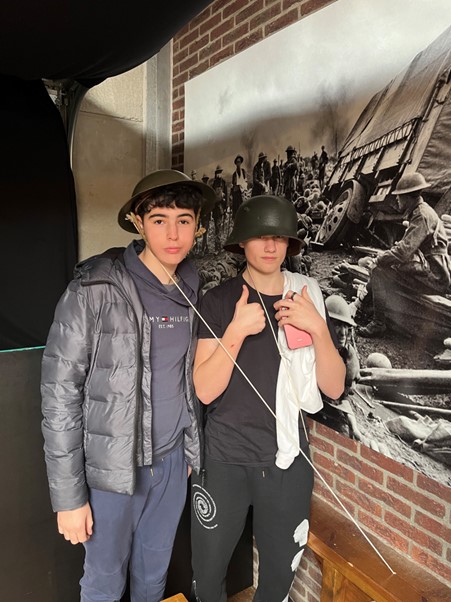
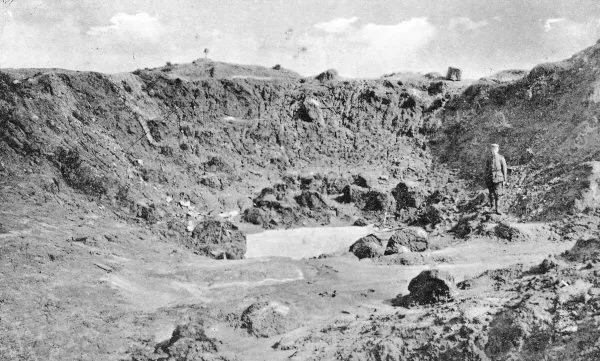 After this it was on to Sanctuary Wood and the opportunity to explore the trench systems. For most of the war, Sanctuary Wood was in the hands of the British, although the area saw some fierce fighting. This was the first opportunity to experience trench life, and, given the depth of the trenches in various places, some of our taller students were dismayed to see how much danger they would have been in on a daily basis. They would most certainly have needed to learn to duck.
After this it was on to Sanctuary Wood and the opportunity to explore the trench systems. For most of the war, Sanctuary Wood was in the hands of the British, although the area saw some fierce fighting. This was the first opportunity to experience trench life, and, given the depth of the trenches in various places, some of our taller students were dismayed to see how much danger they would have been in on a daily basis. They would most certainly have needed to learn to duck.
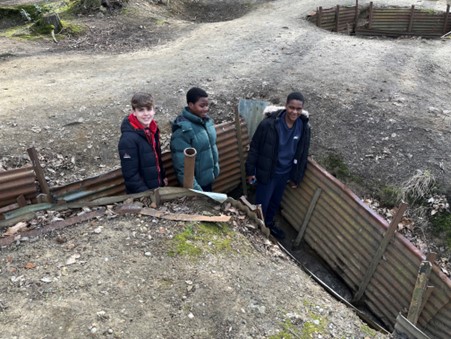
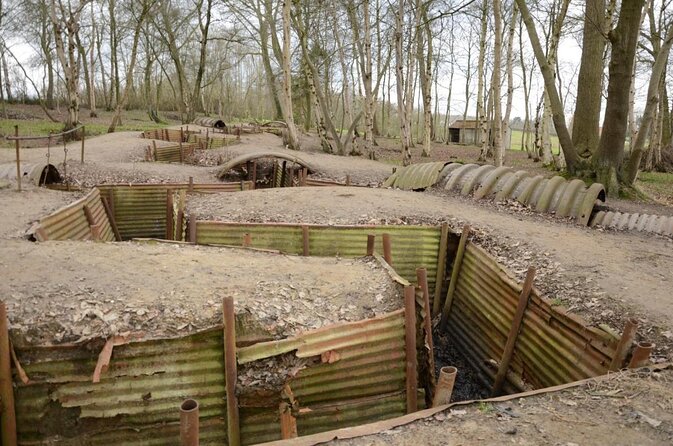 After the battlefields came the cemeteries, and our pupils spotted immediately the complete contrast between the uplifting Allied cemetery at Tyne Cot and the dark broodiness of the German cemetery at Langemarck. Edible prizes were awarded to those students who found the Old Bethanians commemorated at Tyne Cot (well done to Chris H, Hannah M and Emma K).
After the battlefields came the cemeteries, and our pupils spotted immediately the complete contrast between the uplifting Allied cemetery at Tyne Cot and the dark broodiness of the German cemetery at Langemarck. Edible prizes were awarded to those students who found the Old Bethanians commemorated at Tyne Cot (well done to Chris H, Hannah M and Emma K).
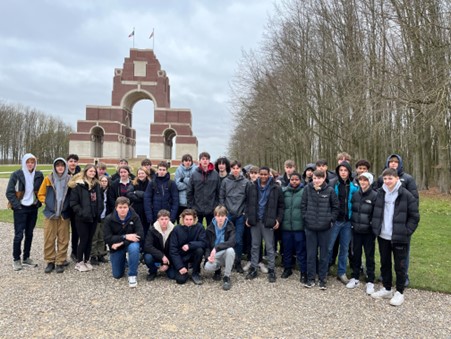
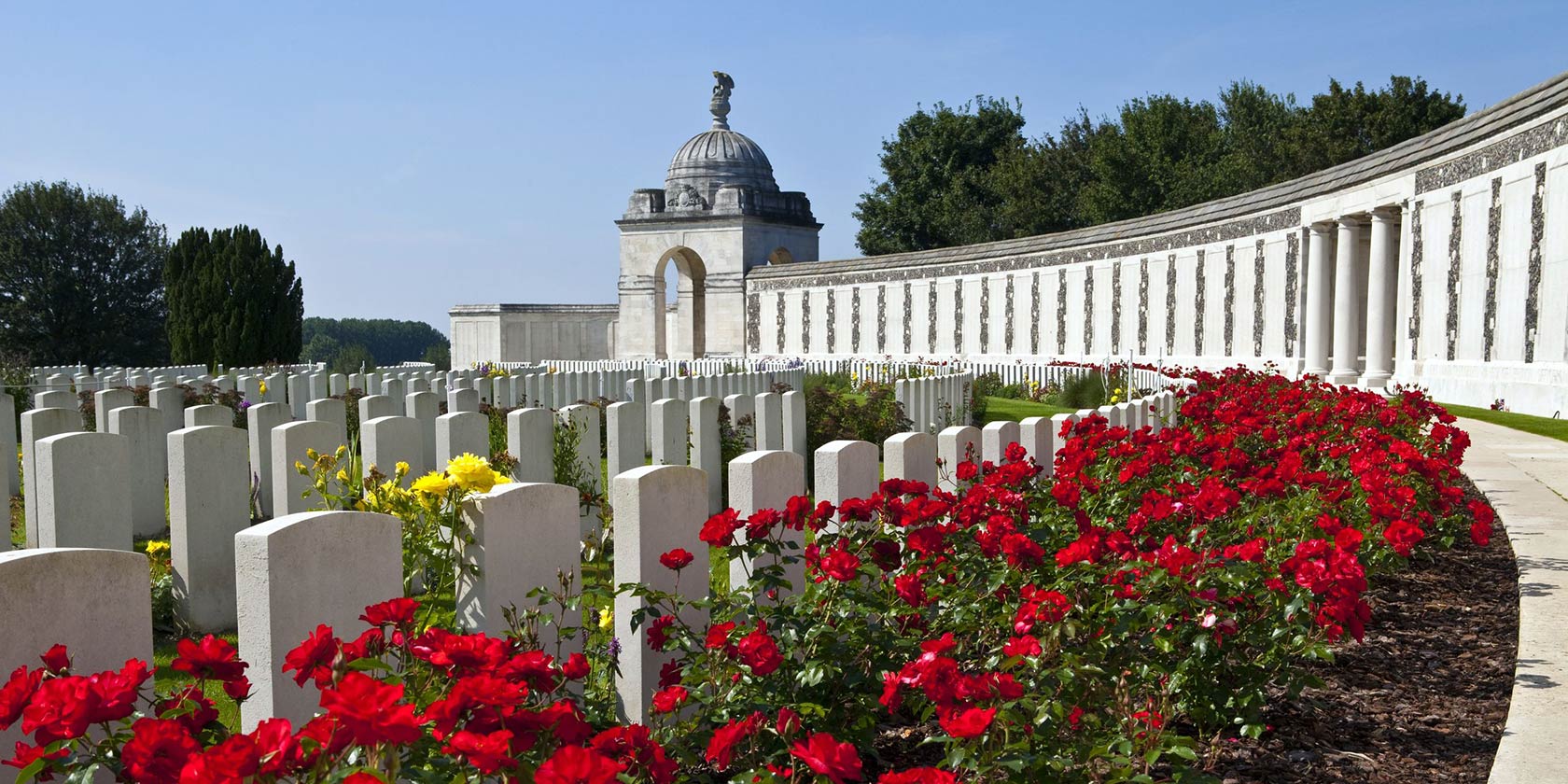 After a splendid meal at a restaurant in the town square of Ypres, we made our way to the Menin Gate for the always moving Last Post ceremony. The behaviour of our pupils was impeccable. The town authorities had seen fit to celebrate our arrival with a funfair, so, after our scheduled visit to Peter de Groote’s chocolate shop (he stayed open specially for us) the historians enjoyed some well-deserved R&R for an hour or so.
After a splendid meal at a restaurant in the town square of Ypres, we made our way to the Menin Gate for the always moving Last Post ceremony. The behaviour of our pupils was impeccable. The town authorities had seen fit to celebrate our arrival with a funfair, so, after our scheduled visit to Peter de Groote’s chocolate shop (he stayed open specially for us) the historians enjoyed some well-deserved R&R for an hour or so.
The following morning we were up early and off on our drive down to Arras to visit the Wellington Tunnels. This is a fascinating tour showing how the Allies dug under the town and effectively hid 24,000 soldiers who then emerged from the tunnels right on top of the disoriented German defenders.
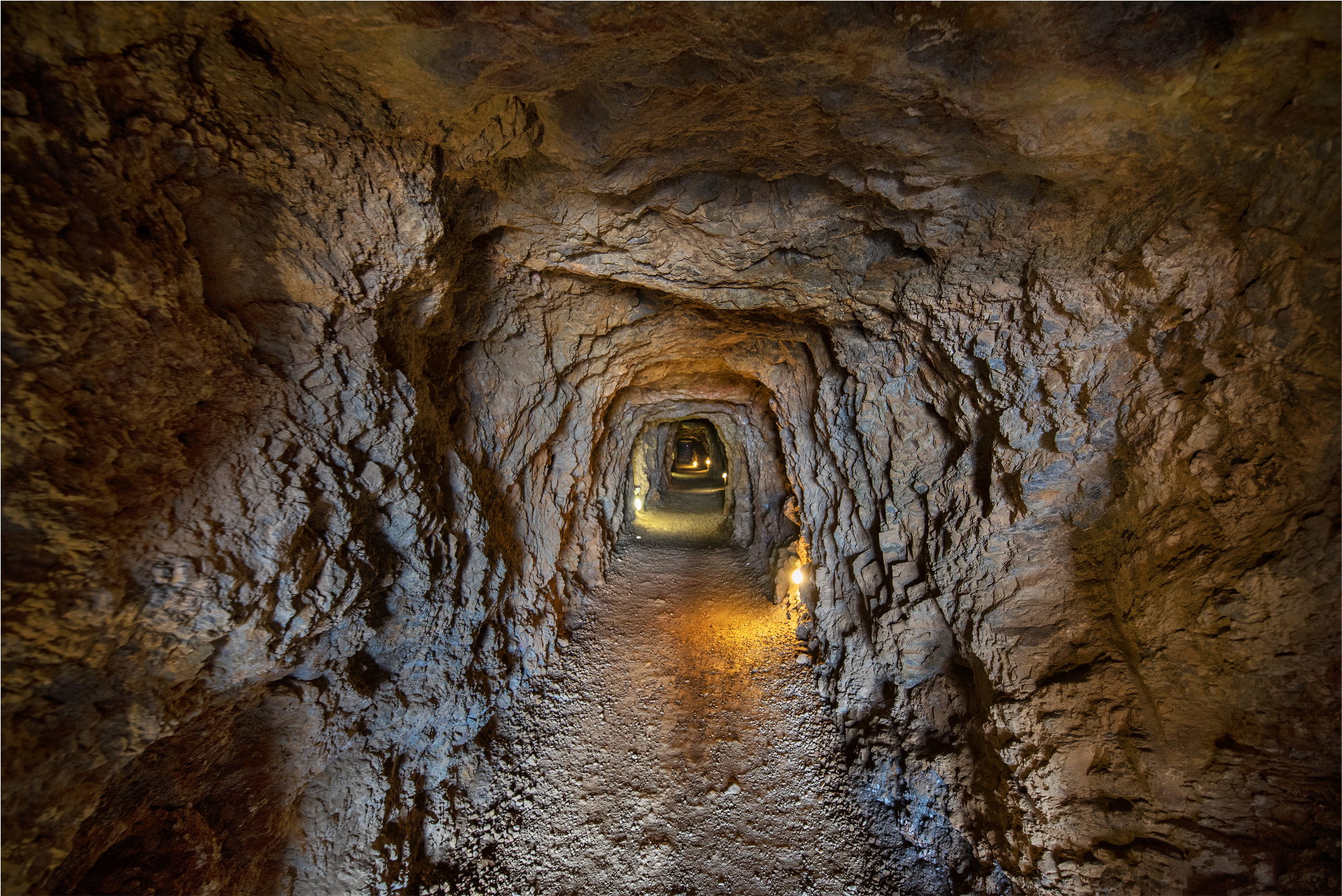 From here we travelled to Thiepval, the huge memorial on the Somme to the 72,000 soldiers who died with no known grave. We gathered for a short ceremony of our own, reflecting on what we had seen and the awesome sacrifice of so many; Lera M laid a cross under the name of 2nd Lt. Andrew Burnham, an Old Bethanian commemorated on the memorial.
From here we travelled to Thiepval, the huge memorial on the Somme to the 72,000 soldiers who died with no known grave. We gathered for a short ceremony of our own, reflecting on what we had seen and the awesome sacrifice of so many; Lera M laid a cross under the name of 2nd Lt. Andrew Burnham, an Old Bethanian commemorated on the memorial.
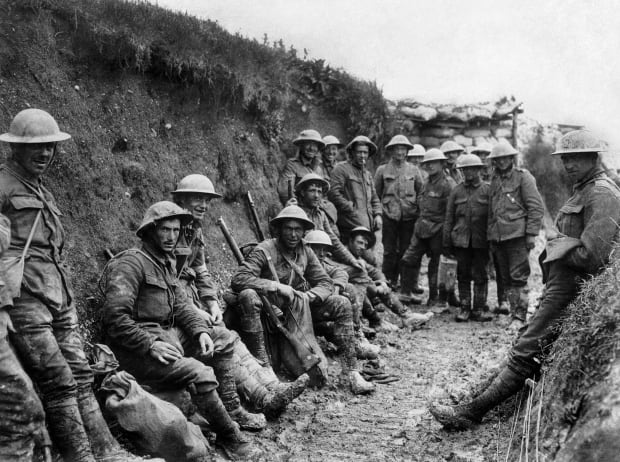 The last visit of the trip was to Notre Dame de Lorette, a museum and trench complex. The fascinating thing about the trenches here is just how close the front lines could be to each other; the German and French trenches here are no more than six or seven metres apart.
The last visit of the trip was to Notre Dame de Lorette, a museum and trench complex. The fascinating thing about the trenches here is just how close the front lines could be to each other; the German and French trenches here are no more than six or seven metres apart.
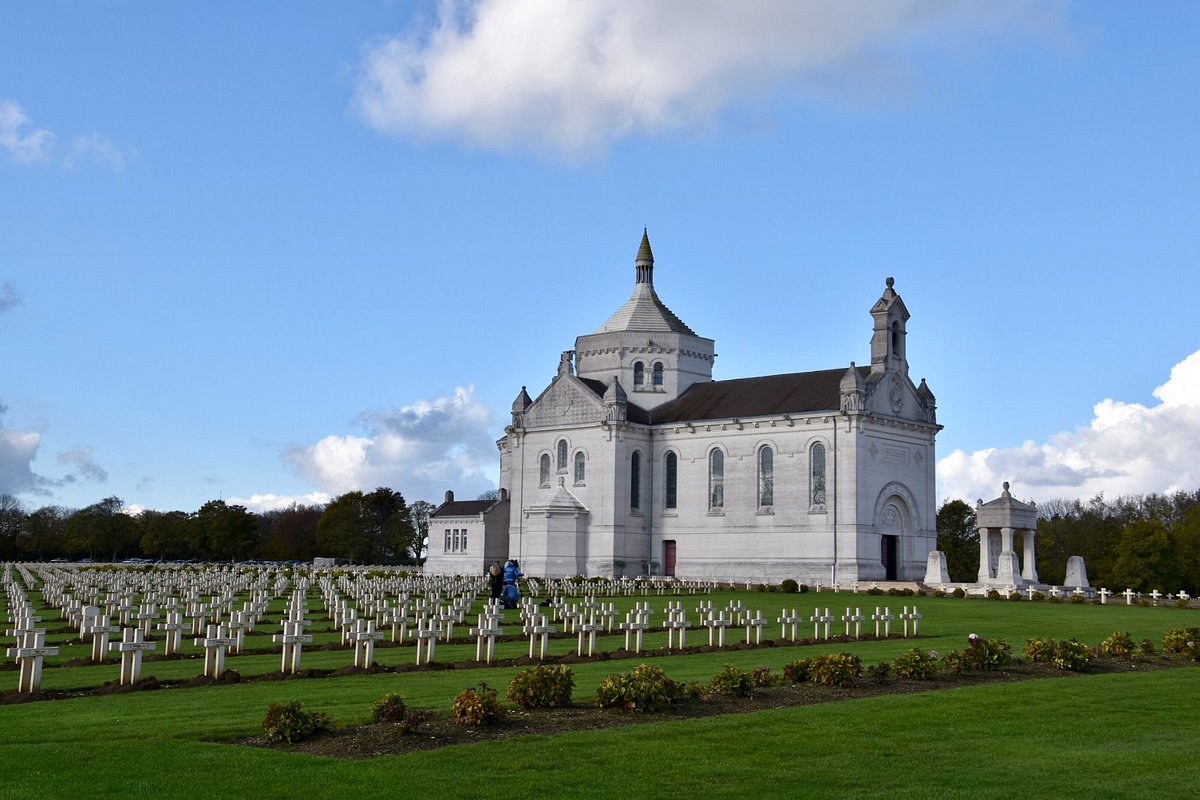 Having not been able to run this visit since those pre-Covid days of early 2019, I actually felt a little apprehensive about this trip, nervous almost. However, the behaviour of the pupils was first class, and the interest they showed in the sites we visited, and their engagement in the topic, were really pleasing to see. I had nothing to worry about.
Having not been able to run this visit since those pre-Covid days of early 2019, I actually felt a little apprehensive about this trip, nervous almost. However, the behaviour of the pupils was first class, and the interest they showed in the sites we visited, and their engagement in the topic, were really pleasing to see. I had nothing to worry about.
A huge thanks to Mr Clough, Mrs Hill, Mrs Rowell and Miss Fitzpatrick for all their help and support on the trip, and I very much look forward to doing it all again in 2025.
Simon Davies
Head of History & Politics Department